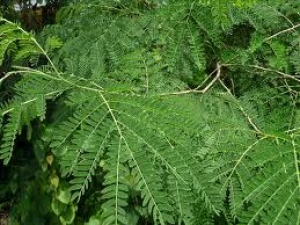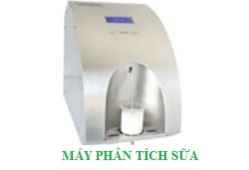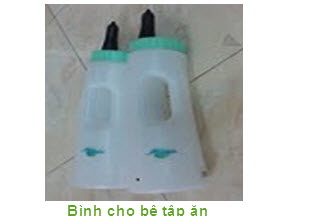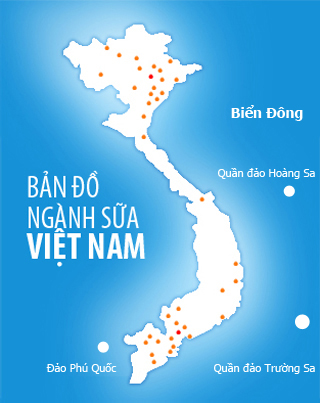Thức ăn cho bò sữa
Cây keo dậu Leucaena leucocephala

Giới (regnum):
Plantae
(không phân hạng):Angiospermae
(không phân hạng)Eudicots
(không phân hạng)Rosids
Bộ (ordo):
Fabales
Họ (familia):
Fabaceae
Phân họ (subfamilia):Mimosoideae
Tông (tribus):
Mimoseae
Chi (genus):
Leucaena
Loài (species):
L. leucocephala
Sử dụng
Hiện nay nó được coi như là một nguồn cung cấp than củi và năng lượng (tương đương 1 triệu thùng dầu hàng năm từ diện tích 120 km²) hay thuốc trừ giun ở Sumatra, Indonesia. Trong tiếng Indonesia nó được gọi là petai cina và trong tiếng Java là lamtoro hay lamotorogung. Nó được coi là một cỗ máy sản xuất sinh khối, do sản lượng lá của nó tương đương với khối lượng khô khoảng 2-20 tấn/ha trong một năm và củi khoảng 30-40 m³/ha trong một năm, với sản lượng có thể gấp đôi trong những khu vực có khí hậu thích hợp. Nó cũng là loài cây rất hiệu quả trong việc cố định đạm, với khối lượng lớn hơn 500 kg/ha mỗi năm.
Quả và lá keo dậu có thể dùng làm thức ăn phụ cho gia súc. Do khả năng sinh thái có thể tái sinh hạt rất tốt nên người ta thường sử dụng keo dậu làm 1 loài cây tiên phong phục hồi rừng. Hạt keo dậu sẽ được gieo vãi trên đất mất tính chất đất rừng, keo dậu nảy mầm và sẽ cải tạo dần tính chất đất ở đây, tạo hoàn cảnh cho các loài cây gỗ khác có thể sinh trưởng.
Tại Việt Nam, cây keo dậu còn có tên gọi khác là bình linh (Nam Bộ), táo nhơn (Trung Bộ) hay bọ chít v.v. Keo dậu phát triển ở hầu hết các vùng sinh thái của Việt Nam, nhưng nhiều ở nam Trung Bộ, như ở Khánh Hòa. Keo dậu sinh trưởng tốt trên đất thoát nước, ít chua, có thể thích ứng với đất mặn vừa ven biển. Keo dậu chịu khô hạn rất tốt nhưng không chịu úng đặc biệt là khi còn non.
Bột keo dậu là thức ăn bổ sung caroten, vitamin, khoáng chất cho gia cầm và gia súc non. Lượng protein trong lá keo dậu khá cao (270 - 280 g/kg), tỷ lệ xơ thấp (155 g/kg) và hàm lượng caroten khá cao (200 mg). Keo dậu có chứa độc tố mimosin nên chỉ sử dụng dưới 25% trong khẩu phần cho gia súc nhai lại, dưới 10% đối với lợn và dưới 5% đối với gia cầm. Tuy nhiên ở nhiều vùng thì nó lại bị coi là loại thực vật xâm hại.
Liên kết ngoài
•KEO GIẬU Semen Leucaenae leucocephalae
•Sổ tay hướng dẫn về các cây trồng cung cấp năng lượng của Đại học Purdue: Leucaena leucocephala
Leucaena leucocephala is a species of small Mimosoid tree that is native to southern Mexico and northern Central America (Belize and Guatemala).[1][3] Common names include White Leadtree,[4] Jumbay, and White Popinac.[5] The specific name is derived from the Greek words λευκό, meaning "white", and κέφαλος, meaning "head", referring to its flowers.[6] It is known as Subabool in India. L. leucocephala is used for a variety of purposes, such as firewood, fiber and livestock fodder.
It has been considered for biomass production, as its reported yield of foliage corresponds to a dried mass of 2000–20000 kg/ha/year, and that of wood 30–40 m³/ha/year, with up to twice those amounts in favourable climates. It is also efficient in nitrogen fixation, at more than 500 kg/ha/year. It has a very fast growth rate, young trees reach a height of more than 20 ft in 2–3 years.
During the 1970s and 1980s it was promoted as a "miracle tree" for its multiple uses.[7] It has also been described as a "conflict tree" in that it is both promoted for forage production and spreads like a weed in some places.[2]
This species is susceptible to insect infestations. In the 1980s, there was widespread loss in Southeast Asia due to pest attack by psyllids.[8] In India, this tree was initially promoted for afforestation due to its fast growing nature. However, it is now considered unsuitable for urban plantation because of its tendency to get uprooted in rain and wind. Eight of every ten uprooted trees in Pune were subabuls.[9]
The seeds contain mimosine, an amino acid known to be toxic to non-ruminant vertebrates (Gutteridge and Shelton 1998).[7] It provides an excellent source of high protein cattle fodder.[10]
Geographic distribution
Native : Colombia, Costa Rica, El Salvador, Guatemala, Honduras, Mexico, Nicaragua, Panama, Spain, United States of America
Exotic : Antigua and Barbuda, Australia, Bahamas, Barbados, Cambodia, Cote d'Ivoire, Cuba, Democratic Republic of Congo, Dominica, Dominican Republic, Eritrea, Ethiopia, Fiji, Grenada, Haiti, India, Indonesia, Jamaica, Kenya, Laos, Malaysia, Myanmar, Nigeria, Papua New Guinea, Philippines, Puerto Rico, South Africa, Sri Lanka, St Kitts and Nevis, St Lucia, St Vincent and the Grenadines, Sudan, Taiwan, Province of China, Tanzania, Thailand, Trinidad and Tobago, Uganda, Vietnam, Virgin Islands (US)
The plant is also found in California, Arizona, Texas and Florida and is considered weedy or invasive by some authorities.[13]
Biophysical limits
Altitude: 0-1500 (max. 2100) m, Mean annual temperature: 25-30 deg. C, Mean annual rainfall: 650-3000 mm Soil type: Performs optimally on calcareous soils but can be found on saline soils and on alkaline soils up to pH 8; it is not tolerant of acid soils or waterlogged conditions. L. leucocephala is known to be intolerant of soils with low pH, low phosphorus, low calcium, high salinity, high aluminium saturation and waterlogging and has often failed under such conditions.
Reproductive Biology
The flowers are self-fertile, and most seed results from self-pollination. Flowering and fruiting occur throughout the year as long as moisture permits; fruiting is associated with suppression of vegetative growth. Arboreal cultivars have been selected for lower flowering rate. Fruits ripen in 10-15 weeks.
Names in other languages
•Hawaiian: koa haole, meaning "foreign Acacia koa"[14]
•India: Subabul
•Indonesian: petai cina
•Javanese: lamtoro or lamotorogung
•Lao: kathin (Lao: ກະຖິນ)
•Myanmar: Bawzagaing
•Spanish: Guaje[1]
•Thai: krathin (Thai: กระถิน)
•Tagalog: ipil-ipil,[5] santa-elena, santaelena[15]
•Cebuano: byatilis or luyluy[16]
•Japanese: Ginnem or ギンネム
•Vietnamese: Bọ chét, Bình Linh





















